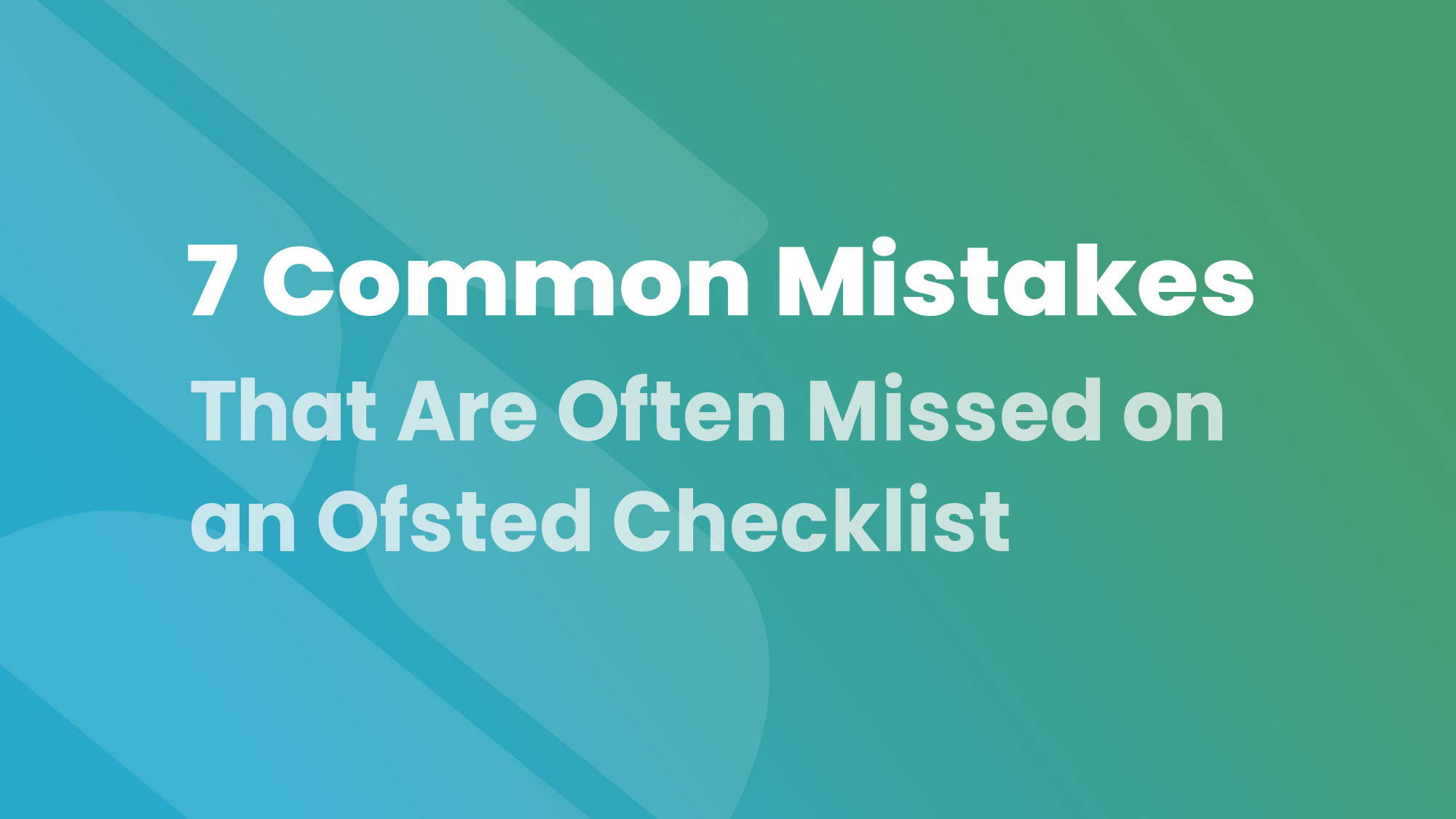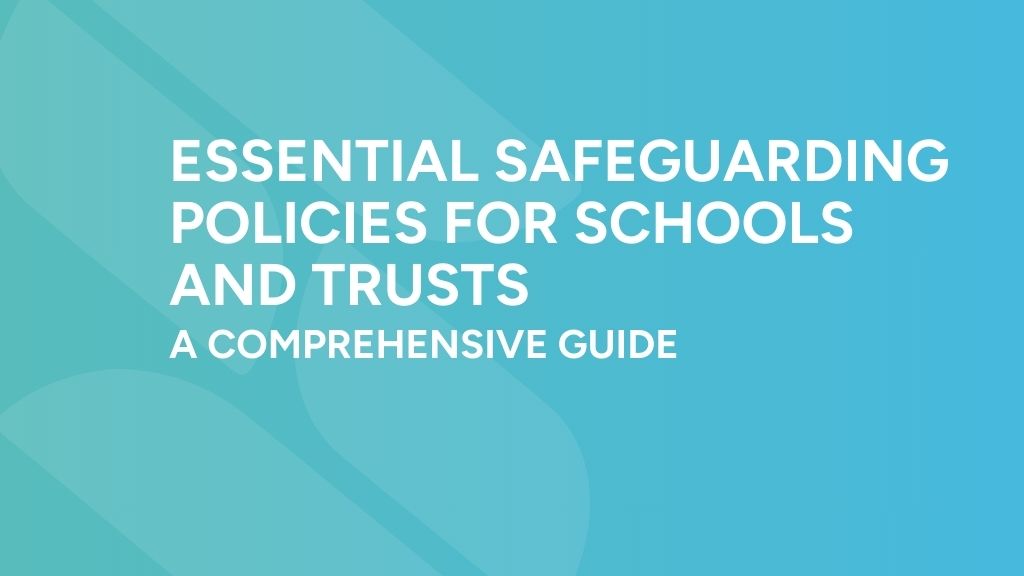Key Insights for School Website Compliance in 2019
Key Insights for School Website Compliance in 2019

This blog will highlight some key insights for your school website compliance for this academic year. Obviously, with the release of the new inspection framework there are things that you will have already got in place. Hopefully, you’ve now settled into the new school year and are starting to ensure your website is compliant. Once you’ve got all your policies and documents in place for the academic year the main purpose of your website will be for sharing those lovely stories of life in your amazing school.
Many of the changes that we’ve seen so far don’t mention website compliance. However, you might want to consider evidencing them on your website to show an inspector that your school is providing a varied, rich, broad and balanced curriculum. So let’s have a look at some of them in turn.
Curriculum
Hopefully, you will have given some thought to this. I would imagine that you have re-written or certainly restructured your curriculum to reflect the 3 I’s that Ofsted has outlined. In the Inspection Handbook, it is made explicit that ‘Ofsted will judge schools that take radically different approaches to the curriculum fairly.‘ They will assess a school’s curriculum favourably when leaders have built a curriculum with appropriate coverage, content, structure and sequencing and implemented it effectively. Remember your curriculum needs to be a specific plan of what pupils need to know overall, and in each subject, as well as in each year. Be sure to update any curriculum maps and long term plans you have on your school website to reflect this.
Top tip: Know why you’ve designed your curriculum the way you have and be ready to discuss the three I’s with inspectors. Also, make sure curriculum maps are up to date on your website.
Reading
There is a big push on reading and phonics within the Inspection Framework. Inspectors will look at how reading is taught across school and will listen to low-attaining readers read unseen books appropriate to their level. Within each section of Intent, Implementation and Impact there is specific reference made to reading and phonics. It would be worth considering how you can evidence this on your website and your approach to this part of the curriculum.
Top tip: Displaying the names of reading and phonics schemes you are using in Key Stage 1 is a requirement. Make sure you’ve listed them on your site!
Safeguarding
The updated and revised Keeping Children Safe in Education (KCSIE) document is also to take effect from September. Some of the major changes are the disbandment of the Local Safeguarding Children’s Boards (LSCB). A team of key professionals from the Local Authority, Clinical Commissioning Group and the Police will replace the LSCB. Online Safety also gets a mention. In particular the use of filters in school and also issues related to online safety: content, contact and conduct. Peer on peer abuse has been referenced and the guidance states that ALL staff should recognise that children are capable of abusing their peers. Read my previous blog post ‘September Safeguarding Changes’ for more information on this.
Top tip: Ensure you have an area of your website dedicated to safeguarding and get it front and centre of your homepage.
Changes
If you make changes in school make sure it’s not just for Ofsted’s sake. Explain to key stakeholders, particularly governors, what the main changes are and how your school is already meeting the standards and reassure them that there need be no heart palpitations in the meantime!
What can you do to keep on top of compliance for 2019-20?
Read the requirements.
If you haven’t already done so our ‘School Website Requirements Guide’ is available to download for FREE. Over 1000 schools across the UK use it to ensure their websites are fully compliant. It comes packed with top tips and advice from our team. We keep it up to date and you’ll be first to know of any updates released by the DfE.
Make your changes.
Having read the ‘School Website Requirements Guide’, determine your level of compliance. Make the required changes. Update policies and add any missing content that needs to be included.
Check
Once you’ve updated your site and made the appropriate changes go back though the requirements and check that you’re now fully compliant.
Finding compliance time-consuming, painful, dull and boring?
We’ve got a solution to help you! Our team here provide a school website pro-audit. We will thoroughly check your website against the very latest requirements and provide a detailed report with clear action points. Another option is our comprehensive and robust school website compliance software to help with checking your website, backed up by our reliable statutory website guidance. It also includes access to our easy and effective document and policy management software for your website. Another option is to enrol on our newly released online compliance course on SchudioTV. This will enable you to go above and beyond any checklist.











